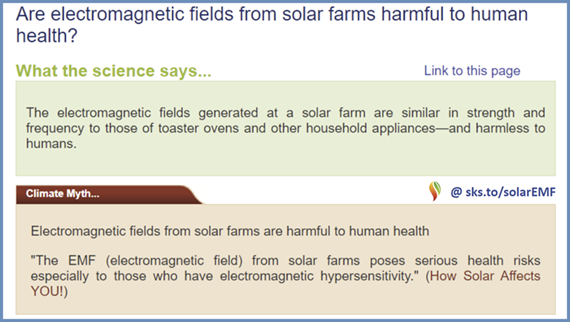Remote Sensing, Vol. 15, Pages 2981: Contemporaneous Thick- and Thin-Skinned Seismotectonics in the External Zagros: The Case of the 2021 Fin Doublet, Iran
Remote Sensing doi: 10.3390/rs15122981
Authors: Zeinab Golshadi Nicola Angelo Famiglietti Riccardo Caputo Saeed SoltaniMoghadam Sadra Karimzadeh Antonino Memmolo Luigi Falco Annamaria Vicari
In this work, we propose a geodetic model for the seismic sequence, with doublet earthquakes, that occurred in Bandar Abbas, Iran, in November 2021. A dataset of Sentinel-1 images, processed using the InSAR (Interferometric Synthetic Aperture Radar) technique, was employed to identify the surface deformation caused by the major events of the sequence and to constrain their geometry and kinematics using seismological constraints. A Coulomb stress transfer analysis was also applied to investigate the sequence’s structural evolution in space and time. A linear inversion of the InSAR data provided a non-uniform distribution of slip over the fault planes. We also performed an accurate relocation of foreshocks and aftershocks recorded by locally established seismographs, thereby allowing us to determine the compressional tectonic stress regime affecting the crustal volume. Despite the very short time span of the sequence, our results clearly suggest that distinct blind structures that were previously unknown or only suspected were the causative faults. The first Mw 6.0 earthquake occurred on an NNE-dipping, intermediate-angle, reverse-oblique plane, while the Mw 6.4 earthquake occurred on almost horizontal or very low-angle (SSE-dipping) reverse segments with top-to-the-south kinematics. The former, which cut through and displaced the Pan-African pre-Palaeozoic basement, indicates a thick-skinned tectonic style, while the latter rupture(s), which occurred within the Palaeozoic–Cenozoic sedimentary succession and likely exploited the stratigraphic mechanical discontinuities, clearly depicts a thin-skinned style.

 1 year ago
36
1 year ago
36

